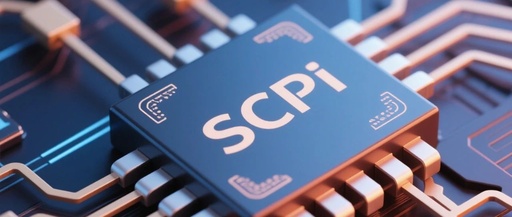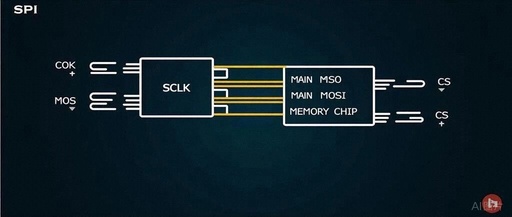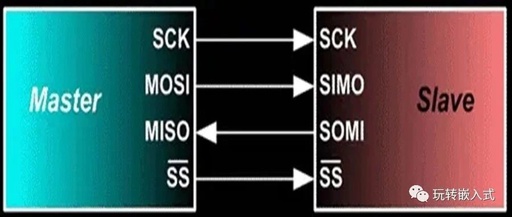Advanced SPI Communication Techniques: From Four-Wire to Quad SPI, Daisy Chain Solutions to Double Your Project Speed!
1. Independent Chip Select (Standard Multi-Slave Mode) Solution Description: Each slave device is assigned an independent SS (chip select) line, and the master device activates the target slave by pulling down the corresponding SS line.Advantages: Each slave is independently controlled, and communication does not interfere with each other. Supports full-duplex high-speed transmission.Disadvantages: The number of … Read more


